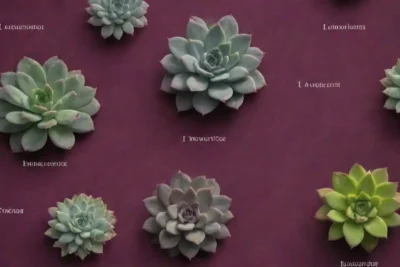
How Succulents Use Thorns and Spines for Survival in Biomes
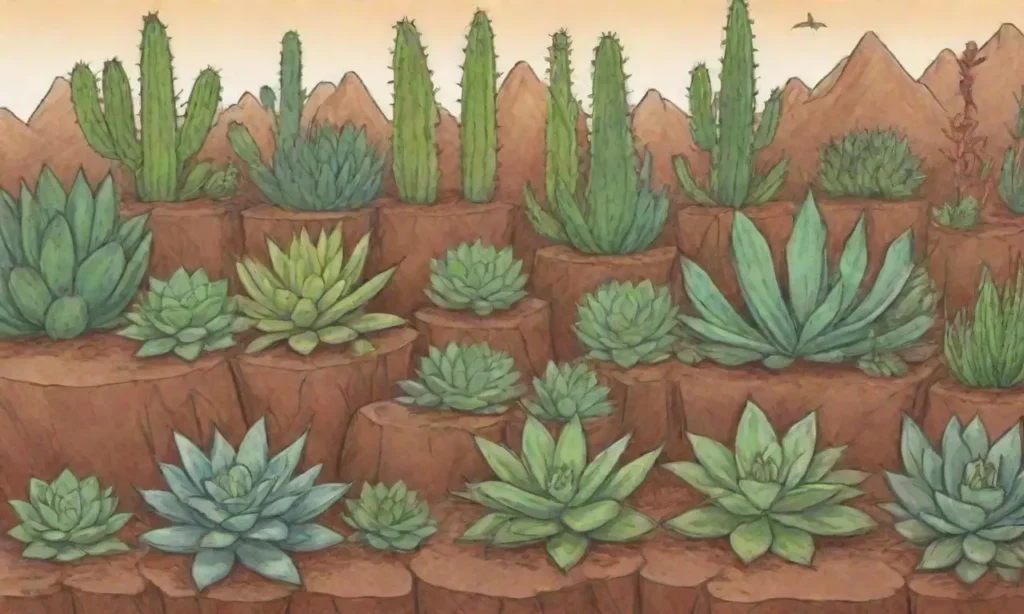
Introduction
Succulents are a fascinating group of plants known for their water-storing abilities and unique adaptations to harsh environments. These plants thrive in arid and semi-arid regions, where water is scarce and temperatures can be extreme. One of the most intriguing features of many succulents is their thorns and spines, which serve multiple purposes critical to their survival. Understanding how these adaptations enhance the resilience of succulents offers valuable insights into plant biology and ecology.
In this article, we will delve into the role of thorns and spines in allowing succulents to survive and thrive in various biomes. We will investigate how these structures contribute to water conservation, deter herbivores, and aid in survival strategies against extreme environmental conditions. Whether you are a succulent enthusiast or simply curious about nature's designs, this exploration will provide a comprehensive overview of the incredible adaptations that allow succulents to flourish in some of the most inhospitable environments on earth.
The Role of Thorns and Spines in Water Conservation
Structural Adaptations for Reducing Water Loss
Succulents are particularly renowned for their ability to conserve water, a critical factor for survival in arid environments. Thorns and spines contribute to this water conservation strategy in multiple ways. Firstly, these structures can create a microclimate around the plant. By reducing air circulation close to the surface of the plant, thorns and spines help to trap moisture from transpiration, thereby minimizing water loss. When combined with the thickening of leaf tissues, these adaptations create a more humid environment that slows down evaporation.
Additionally, the shape and arrangement of thorns can create shade for the plants themselves. For example, the dense clustering of spines can reduce the amount of sunlight that directly reaches the succulent's surface. This shading effect can help lower temperatures on the plant, thereby reducing the rate of water loss during the hottest parts of the day.
Influence on Rainfall Distribution
Beyond creating microclimates, the physical presence of thorns can influence rainfall distribution. In regions prone to sporadic, intense rainfall, the structure of a succulent can act as a natural rain collector. For instance, certain spiny succulents may facilitate the accumulation of raindrops on their surface. This collected water can then trickle down into the soil or directly into the plant's root system, providing a much-needed source of hydration. This adaptation is particularly advantageous in desert regions where rain is infrequent and unpredictable.
Surviving Extreme Temperatures
In addition to being essential for water conservation, spines and thorns play a crucial role in temperature regulation. Thorns can reflect some of the sun's rays, keeping the inner tissues of the plant cooler, while the physical structure of the thorns can also help insulate the succulent. This dual function allows succulents to endure the extremes of heat and cold they may encounter in their natural habitats.
Determent of Herbivore Predation
A Defense Mechanism
One of the primary functions of thorns and spines is to act as a defense mechanism against herbivores. Many succulents are preyed upon by animals seeking moisture-rich plants to consume. Thorns and spines serve as a physical barrier, making it difficult or painful for animals to access the succulent's soft tissues. This defense strategy is especially crucial in biomes where food sources are scarce—the presence of spines can discourage herbivores from feeding on them.
 The Evolutionary History of Succulents in Extreme Biomes
The Evolutionary History of Succulents in Extreme BiomesChemical Defenses
While physical barriers are important, many succulents also utilize chemical defenses in conjunction with their spines. The juices of certain succulents can be toxic or have unpleasant flavors that deter herbivores. The combination of thorns or spines along with chemical deterrents creates a more effective defense, ensuring that succulents can avoid being completely devoured, which could have dire consequences for their survival.
Co-Evolution with Herbivores
The presence of thorns and spines has been shaped by co-evolution with herbivores. As some herbivores have developed adaptations to feed on spiny plants, succulents have likewise evolved more formidable defenses. For example, certain species possess long, sharp thorns that can penetrate the mouths of herbivores. This evolutionary arms race has led to the emergence of increasingly complex relationships within biomes, ensuring both the survival of the succulent and the persistence of their herbivore counterparts.
Strategies for Survival in Extreme Environments
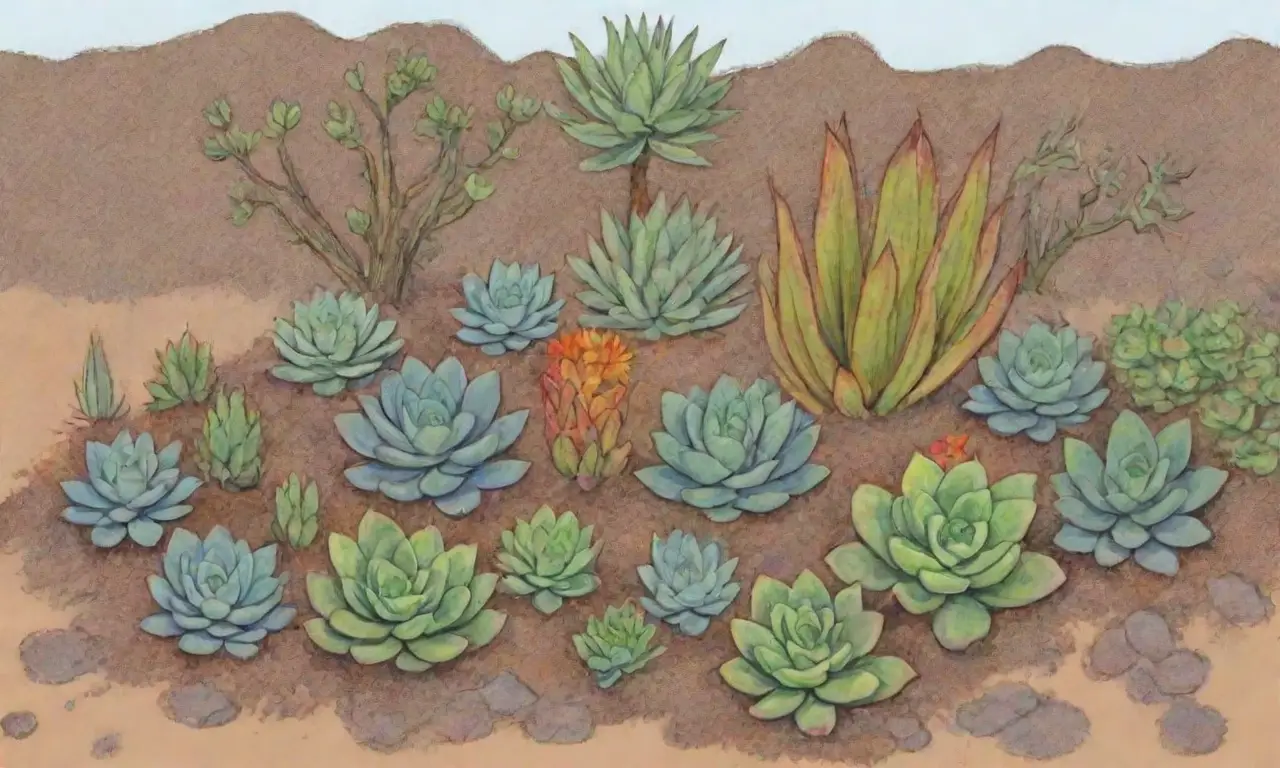
Adaptations for Nutrient Acquisition
In many cases, succulents are not just passive victims of their environment; they exhibit a range of active behaviors to ensure their survival. A prominent feature in some succulents is the ability to enhance root architecture in conjunction with their thorny exterior. The roots may spread wider and deeper, allowing succulents to access nutrients and moisture that might be out of reach for other plants. Spines, in this context, can serve as a protective barrier as these roots extend and explore the soil.
Competition with Other Flora
Thorns and spines also play an important role in competition for resources. In densely packed biomes, plants must compete for limited light, nutrients, and water. The presence of spines can limit the ability of neighboring plants to grow too closely to a succulent, ensuring that the succulent receives adequate sunlight and space. This spatial advantage is important as it helps to secure their position within the ecosystem and promotes healthy growth.
Resilience to Disturbances
Another fantastic survival strategy that incorporates thorns and spines is resilience to disturbances such as fires or floods. In fire-prone biomes, certain succulents are adapted to thrive despite periodic blazes. The protective thorns can help shield the more vulnerable parts of the plant against extreme heat. Post-fire, these resilient plants often become some of the first species to repopulate, using their tough exterior to sway against damage while establishing themselves in the nutrient-rich, post-fire soil.
Conclusion
In summary, the role of thorns and spines in the survival of succulents across various biomes reflects an incredible balance of adaptation, competition, and resilience. These adaptations are not merely aesthetic; they are vital to the plants' ability to conserve water, deter herbivores, and compete effectively with other vegetation. Each thorn and spine plays a part in a larger story of survival, illustrating how nature equips species with unique tools to thrive in even the harshest environments.
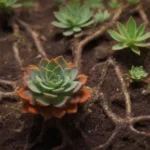 Understanding the Role of Fungal Relationships in Succulent Roots
Understanding the Role of Fungal Relationships in Succulent RootsAs we face increasing environmental challenges, there is much to learn from the resilience of succulents and their ability to adapt. These plants remind us of the endless possibilities nature holds in crafting solutions to survival. Observing and understanding such adaptations is essential for cultivating a deeper appreciation of the ecological diversity around us, as well as for inspire conservation efforts aimed at preserving ecosystems that support such remarkable flora. Through careful study of succulents, we may uncover innovative strategies for our own resilience in a rapidly changing world.
If you want to read more articles similar to How Succulents Use Thorns and Spines for Survival in Biomes, you can visit the Biome Adaptations category.

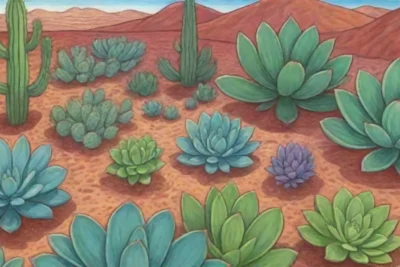
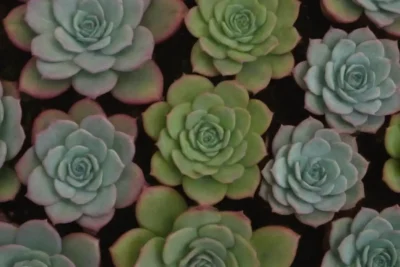
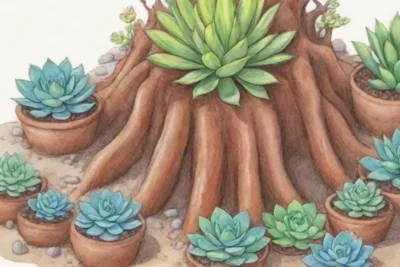
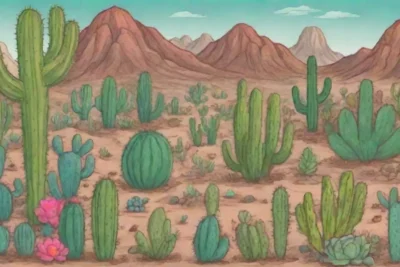
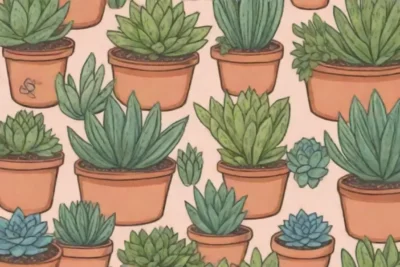
You Must Read